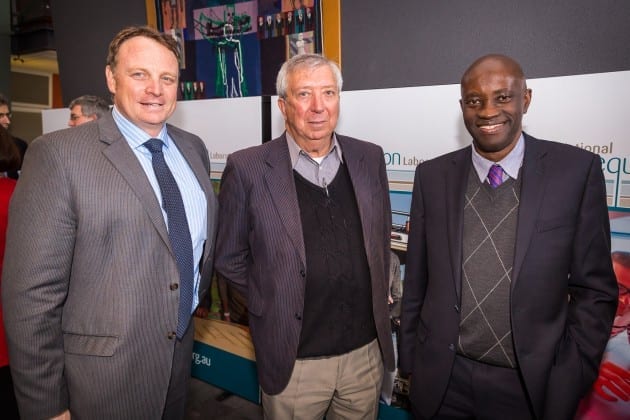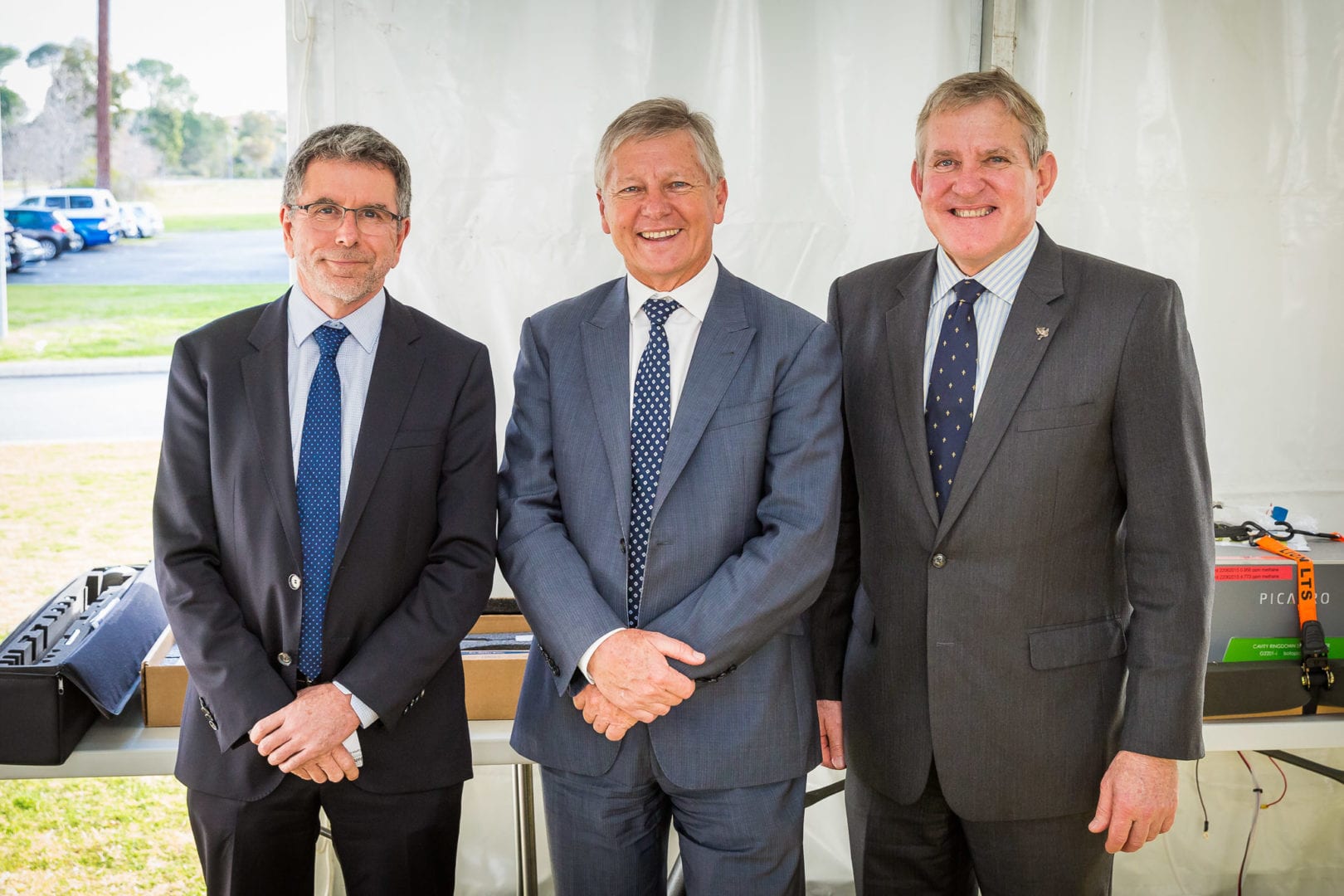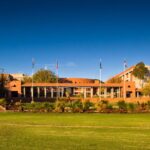Perth has become home to a new National Geosequestration Lab. Built by Curtin in partnership with CSIRO and The University of Western Australia, the $48.4 million research facility will help advance research in carbon capture and storage (CCS) technology in Australia.
Geosequestration and CCS, in layman terms, captures greenhouse gasses and ‘buries’ them in underground reservoirs as a means to stopping large quantities of carbon dioxide from entering the atmosphere. The technology is particularly relevant to large-scale industrial processes, such as mining and coal-powered electricity that emits quantities of harmful gases.
The lab brings together world-leading technology and equipment to research, assess and develop sites suitable for long-term carbon storage. It is a key solution in reducing greenhouse gas emissions and has the potential to reduce emissions into the atmosphere by as much as 13 per cent by 2050.
Officially opened by federal Minister for Industry and Science the Hon Ian Macfarlane MP, the lab is set to be a global centre for energy and resources research.
“The ability to store large volumes of carbon dioxide safely, at a reasonable price will have a significant impact in securing the benefits of Australia’s energy sector well into the future,” says Mr Macfarlane.
“The coal and gas sectors are major contributors to our economy and to our diverse energy mix, and are also vital in powering economic development in some of the world’s most rapidly growing countries, so this research in CCS technology is particularly important for Australia.”
The National Geosequestration Lab will allow Curtin to boost research and development activities in CCS technology and its deployment in the field. As part of the project, a 900-meter deep CCS calibration, training and research well is being installed on the Curtin Bentley Campus. The well will help to test new down-hole tools, calibrate field equipment and train staff and students for field operations.
Together with the CSIRO and The University of Western Australia, Curtin will pave the way for the design and implementation of a commercial-scale carbon storage plan for Australia’s first carbon capture and storage flagship program – the South West Hub – as well as other national and international CCS projects.




